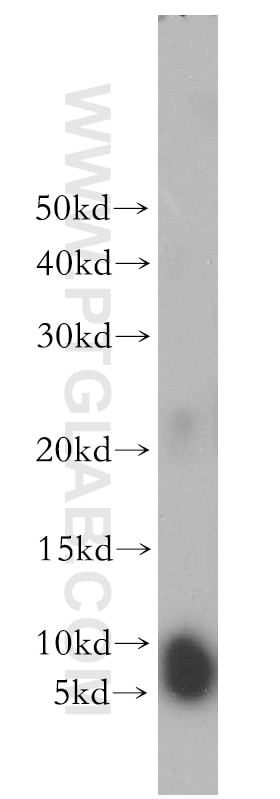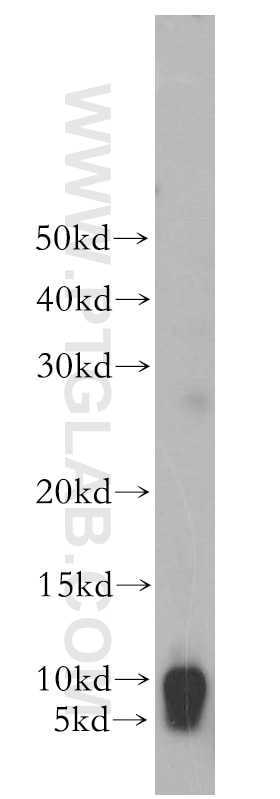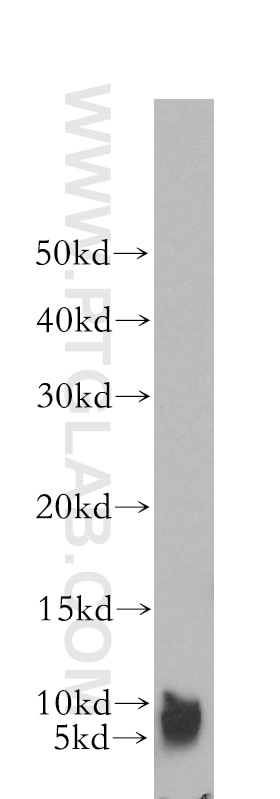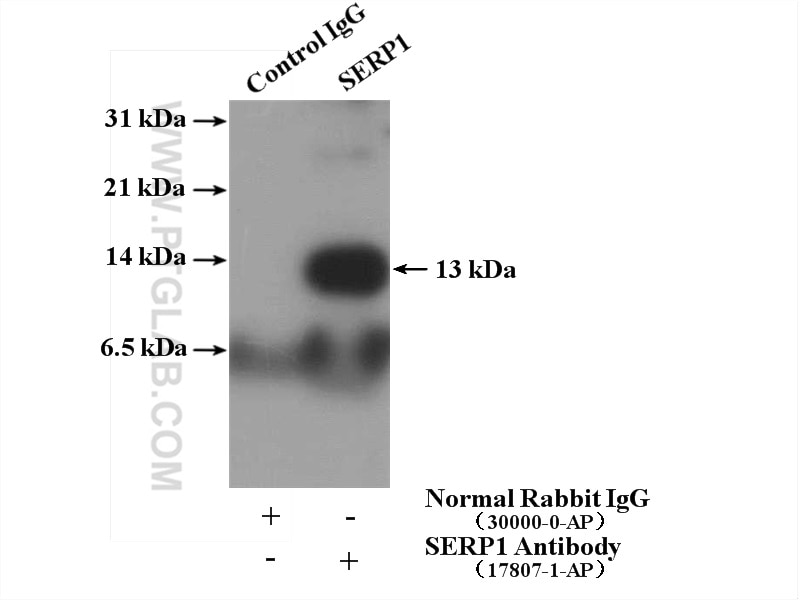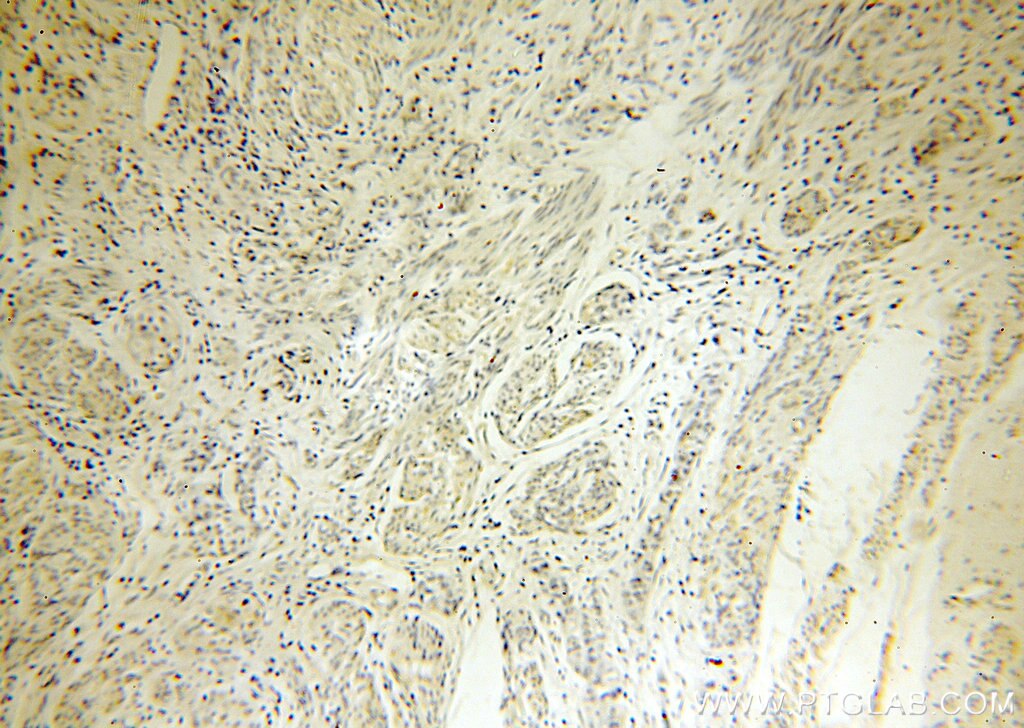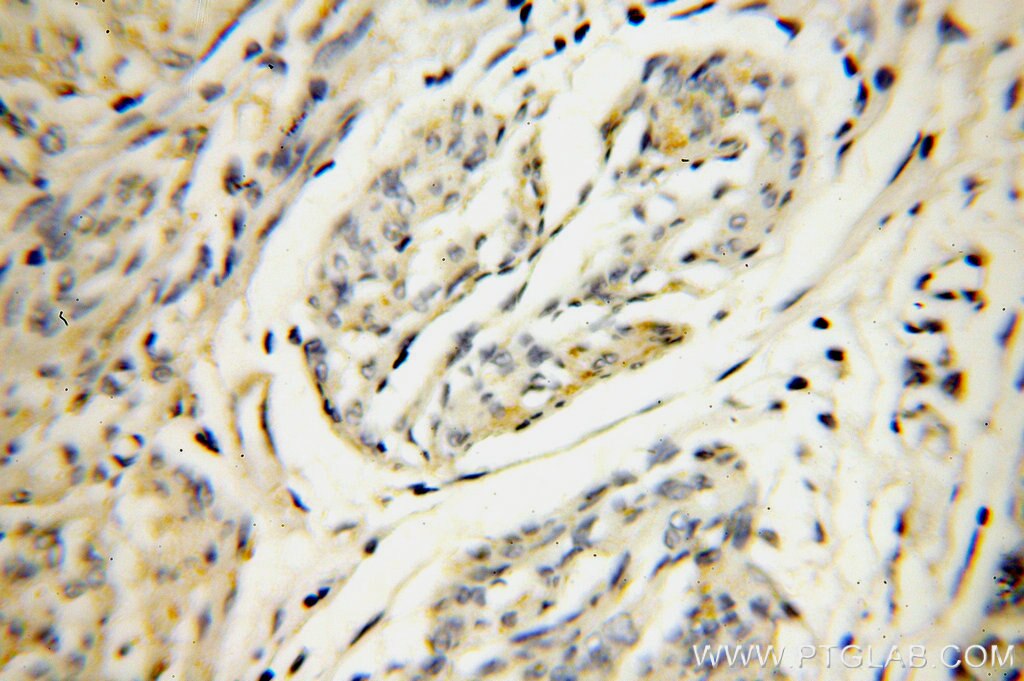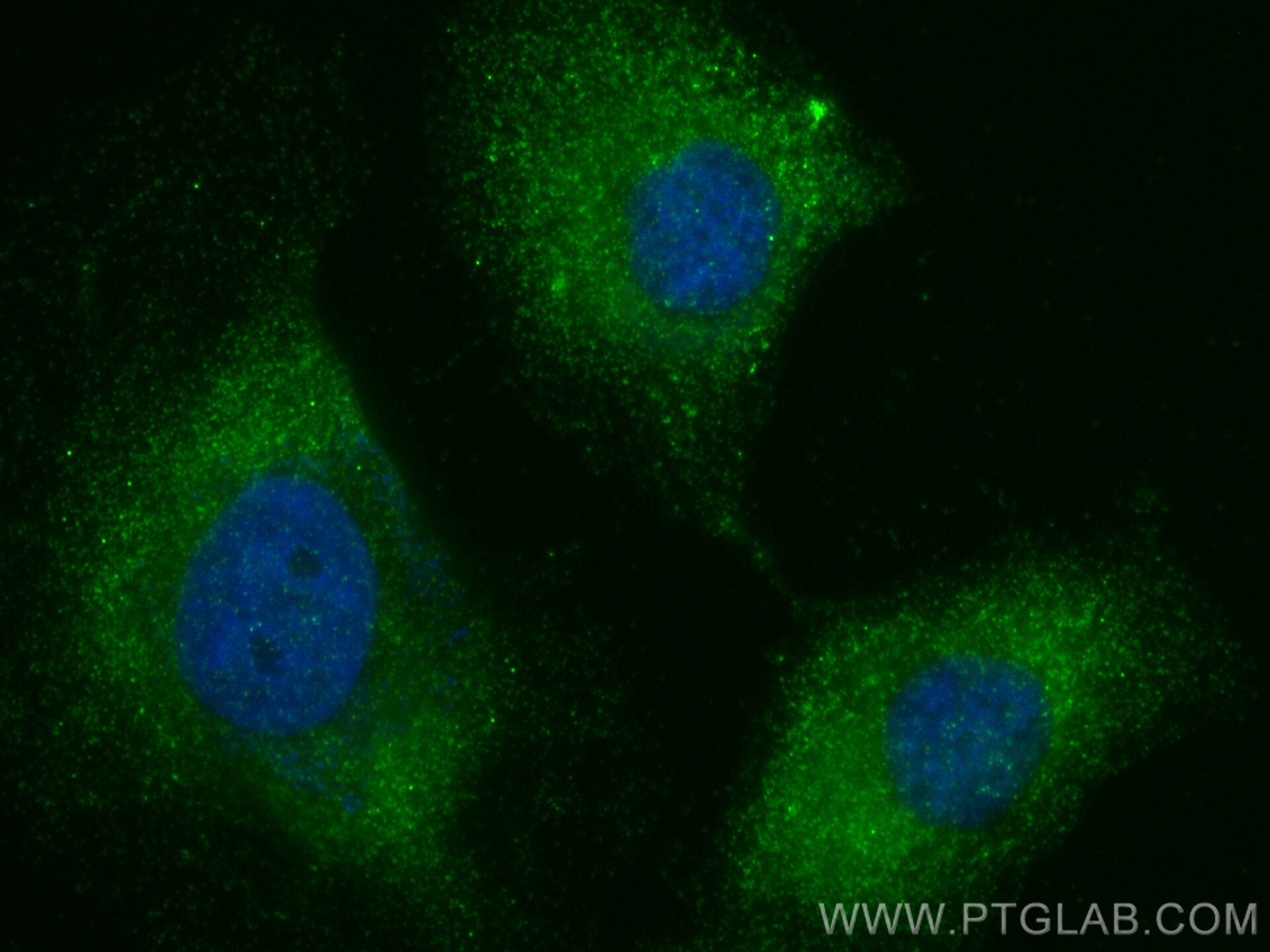Tested Applications
| Positive WB detected in | mouse brain tissue, HeLa cells, mouse pancreas tissue |
| Positive IP detected in | mouse brain tissue |
| Positive IHC detected in | human endometrial cancer tissue Note: suggested antigen retrieval with TE buffer pH 9.0; (*) Alternatively, antigen retrieval may be performed with citrate buffer pH 6.0 |
| Positive IF/ICC detected in | HeLa cells |
Recommended dilution
| Application | Dilution |
|---|---|
| Western Blot (WB) | WB : 1:500-1:2000 |
| Immunoprecipitation (IP) | IP : 0.5-4.0 ug for 1.0-3.0 mg of total protein lysate |
| Immunohistochemistry (IHC) | IHC : 1:20-1:200 |
| Immunofluorescence (IF)/ICC | IF/ICC : 1:50-1:500 |
| It is recommended that this reagent should be titrated in each testing system to obtain optimal results. | |
| Sample-dependent, Check data in validation data gallery. | |
Published Applications
| WB | See 2 publications below |
| IHC | See 2 publications below |
| IF | See 1 publications below |
Product Information
17807-1-AP targets SERP1 in WB, IHC, IF/ICC, IP, ELISA applications and shows reactivity with human, mouse, rat samples.
| Tested Reactivity | human, mouse, rat |
| Cited Reactivity | human, rat |
| Host / Isotype | Rabbit / IgG |
| Class | Polyclonal |
| Type | Antibody |
| Immunogen |
CatNo: Ag12087 Product name: Recombinant human SERP1 protein Source: e coli.-derived, PET28a Tag: 6*His Domain: 1-66 aa of BC108314 Sequence: MVAKQRIRMANEKHSKNITQRGNVAKTSRNAPEEKASVGPWLLALFIFVVCGSAIFQIIQSIRMGM Predict reactive species |
| Full Name | stress-associated endoplasmic reticulum protein 1 |
| Calculated Molecular Weight | 66 aa, 7 kDa |
| Observed Molecular Weight | 10 kDa |
| GenBank Accession Number | BC108314 |
| Gene Symbol | SERP1 |
| Gene ID (NCBI) | 27230 |
| RRID | AB_10597394 |
| Conjugate | Unconjugated |
| Form | Liquid |
| Purification Method | Antigen affinity purification |
| UNIPROT ID | Q9Y6X1 |
| Storage Buffer | PBS with 0.02% sodium azide and 50% glycerol, pH 7.3. |
| Storage Conditions | Store at -20°C. Stable for one year after shipment. Aliquoting is unnecessary for -20oC storage. 20ul sizes contain 0.1% BSA. |
Background Information
Stress-associated endoplasmic reticulum (ER) protein 1 (SERP1), also known as ribosome- associated membrane protein 4 (RAMP4), is a Sec61-associated polypeptide that is induced by ER stress [PMID:16705175]. SERP1 interacts with target proteins during their translocation into the lumen of the endoplasmic reticulum. It controls glycosylation of major histocompatibility complex class II-associated invariant chains by a translocational pausing mechanism, and its overexpression stabilizes newly synthesized membrane proteins under ER stress by associating with the Sec61 complex [PMID:10601334]. It is suggested SERP1 is involved in the biosynthesis/processing of secretory proteins
Protocols
| Product Specific Protocols | |
|---|---|
| IF protocol for SERP1 antibody 17807-1-AP | Download protocol |
| IHC protocol for SERP1 antibody 17807-1-AP | Download protocol |
| IP protocol for SERP1 antibody 17807-1-AP | Download protocol |
| WB protocol for SERP1 antibody 17807-1-AP | Download protocol |
| Standard Protocols | |
|---|---|
| Click here to view our Standard Protocols |
Publications
| Species | Application | Title |
|---|---|---|
Viruses A Dengue Virus Type 2 (DENV-2) NS4B-Interacting Host Factor, SERP1, Reduces DENV-2 Production by Suppressing Viral RNA Replication. | ||
Am J Transl Res ER stress-related mRNA-lncRNA co-expression gene signature predicts the prognosis and immune implications of esophageal cancer | ||
Cell Rep Coronavirus subverts ER-phagy by hijacking FAM134B and ATL3 into p62 condensates to facilitate viral replication | ||
Cancer Med Predicting Outcomes in Esophageal Squamous Cell Carcinoma Using scRNA-Seq and Bulk RNA-Seq: A Model Development and Validation Study | ||
Cell Biol Int SERP1 Alleviates Cerebral Ischemia/Reperfusion Injury by Inhibiting ER Stress-Mediated Apoptosis |

